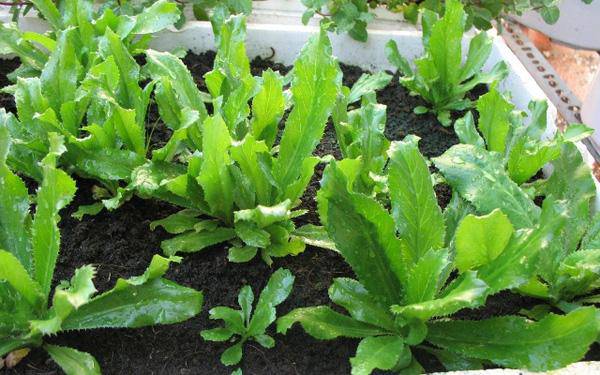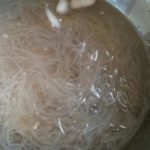The sawtooth coriander, also known as cilantro or Thai coriander, has various names. Its scientific name is Eryngium foetidum.
The benefits of sawtooth coriander are not only for eating and seasoning a variety of dishes, but it is also used as a medicine to treat ailments such as runny nose, chest pain, digestive disorders, and appendicitis. So, having pots of sawtooth coriander at home is like having a safe antibiotic for each member of the family.

Planting Season for Sawtooth Coriander
The sawtooth coriander is easy to grow and is not affected by weather conditions. Therefore, it can be grown at any time of the year. So, the planting time is up to each individual’s preference.
Soil for Sawtooth Coriander
Sawtooth coriander is a relatively easy plant to grow and is suitable for different types of soil. However, it grows best in soil that is rich in organic matter, nutrient-rich, and has good drainage. Before sowing the seeds, it is recommended to prepare the soil by tilling it into small particles, creating ridges that are 1-1.2m wide, 15-20cm high, and the length of the ridges can vary depending on the size of the garden. The ridges should be spaced 0.3-0.4m apart.
Techniques for Planting Sawtooth Coriander
Sawtooth coriander can be grown from seeds or purchased as seedlings. However, most people prefer the seed sowing method because it is easier for the seeds to germinate.
Since the plant has an attractive taste, it also attracts pests, such as crickets and termites. Therefore, it is recommended to use insecticides to create a moist environment to help the seeds germinate quickly after sowing.
Care and Fertilization for Sawtooth Coriander
Since the sawtooth coriander is a fast-growing and adaptable plant, taking care of it at home is not labor-intensive. It only requires sufficient and regular watering. If you want the plant to grow quickly and have good vitality, you can add some NPK fertilizer and loosen the soil to improve air circulation.
After fertilizing, it is advisable to water the plant with clean water to wash off any fertilizer residue on the leaves. Since the leaves of the sawtooth coriander are close to the ground, it is important to avoid overwatering, as it can cause the plant to rot and die.
Disease Prevention for Sawtooth Coriander
Sawtooth coriander is a resilient plant that is less prone to pests and diseases, making it easy for anyone to grow and care for. However, due to its pleasant scent, there may be occasional ant colonies that can cling to the plant, causing itching and allergic reactions if not removed properly. Therefore, it is important to pay attention to these small creatures when planting sawtooth coriander.
Harvesting Sawtooth Coriander
Harvesting sawtooth coriander is fast because it is a short-term herb. People use sawtooth coriander in various dishes to add aroma and flavor to their meals.
According to Dân Việt



































